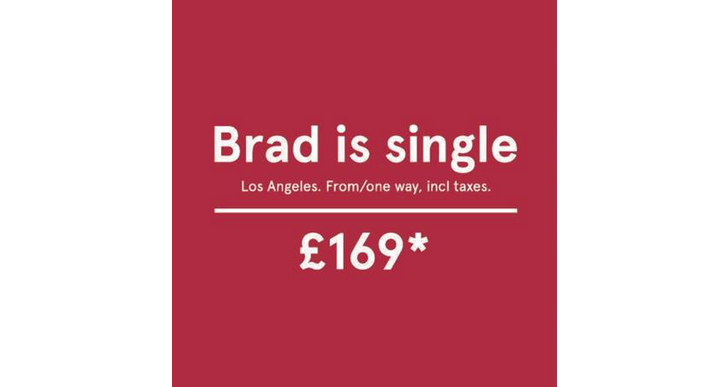The growth of online activity through mobile devices has been simply mind-blowing over the past 10-15 years. In fact, UK mobile media ad spend is now even greater than TV spend.
As such, advertisers are now always trying to find the best ways to promote their companies across multiple arenas. Ad Exchanges are one of the best sources to facilitate this.
The concept of ad exchanges can feel alien to the uninitiated, but they carry many benefits for advertisers, agencies, and ad middlemen. Here’s all you need to know about this increasingly popular field of digital marketing.
Ad Exchanges In A Nutshell
Ad Exchanges are a digital marketplace that offer advertisers a chance to buy ad inventory from publishers. Once purchased, the advertiser’s ad is displayed through various websites and apps.
Ad exchanges let advertisers see the sale prices of inventory. They also avoid the middleman - someone who has essentially bought inventories with a view only to sell them at a profit. Most commonly, these middlemen are ad network providers.
In its most basic form, ad exchanges are a tool that can be used to connect advertisers directly with publishers. Its purpose is to help both parties maximise their potential.
Who Is It For?
Ad exchanges allow access to hundreds of thousands of different publishers and the versitality of the technology means it can be utilised by companies of all sizes. From sole traders to global giants, this technology can be used for greater exposure.
Given that the market continues to grow from strength to strength, it’s a tool that is certain to last for years to come.
How Do They Work?
Ad exchanges rely on a programmatic system that handles automatic buying and selling.
Publishers will place their available advertising space on a digital auction marketplace. This is most commonly done through SSPs (supply-side platforms). In turn, the buying advertiser will use a DSP (demand-side platform) to complete their purchases.
To recap, in it’s most basic sense, the process works as thus:
- Sellers place their advertising inventory onto the marketplace using SSPs
- Advertisers access these inventories through a DSP
- Advertisers then set automatic bidding to purchase the right quantity of impressions, at the right cost. These cover multiple mobile platforms, ensuring campaigns are spread out.
- Purchased impressions appear on the selling publisher’s content such as within apps or on their website
What Type Of Adverts Can Be Used?
One of the great things about digital marketing is that various types of ads can be utilised to bring a campaign to life. These can include display media, videos, banners and native ad formats.
When used properly, this opens up the chance to create a far greater impact on the intended consumers.
However, the bidding costs per impression may fluctuate depending on those choices. As such, advertisers have a huge responsibility to understand the market before entering the ad exchange arena. This allows them to know which formats are the most cost-effective to generate the best ROI possible.
Private Market Place (PMP) Explained
Generally speaking, advertisers bid on inventories from a public pool using a DSP. However, this isn’t the only way to facilitate mobile ad exchanges. There’s also an opportunity for private exchanges to be completed on a Private Market Place (PMP).
Publishers sometimes opt for a private exchange instead as they offer a few particular benefits.
For an advertiser, these benefits can include better pricing and targeting. The seller may also use this option to avoid the prospect of ad networks purchasing space with the sole purpose to sell it on.
Mobile publishers also benefit in that they can become certain their adverts are being displayed to relevant audiences. With millions of public ad exchanges taking place every single day, this is something only a PMP can facilitate
For both buyer and seller, being aware of the private selling platform is very useful.
Why use an Ad Exchange for your Mobile Advertising?
From an advertiser’s perspective, using ad exchanges for your mobile advertising is a great resource for many different reasons. Essentially, though, they ensure your company’s advertising budget is utilised in a more effective manner.
Ad exchanges enable the advertiser to run a campaign with a far greater array of targeting options. When you combine this with mobile advertising in particular you can make use of the extra information available such as specific geolocation targeting (using GPS) or access to more personal data available.
This ability to be more specific throughout those automatic ad placement purchases encourages greater targeting. This makes sure adverts are shown to the right people helping them to carry a far greater impact.
Thanks to the growing significance of mobile marketing, investing time and money in the most appropriate fashion is key and, ultimately, ad exchange technologies are the ideal solution.
If you’re interested in learning more about mobile ad exchanges and how we utilise them to increase your advertising ROI, get in touch.





















